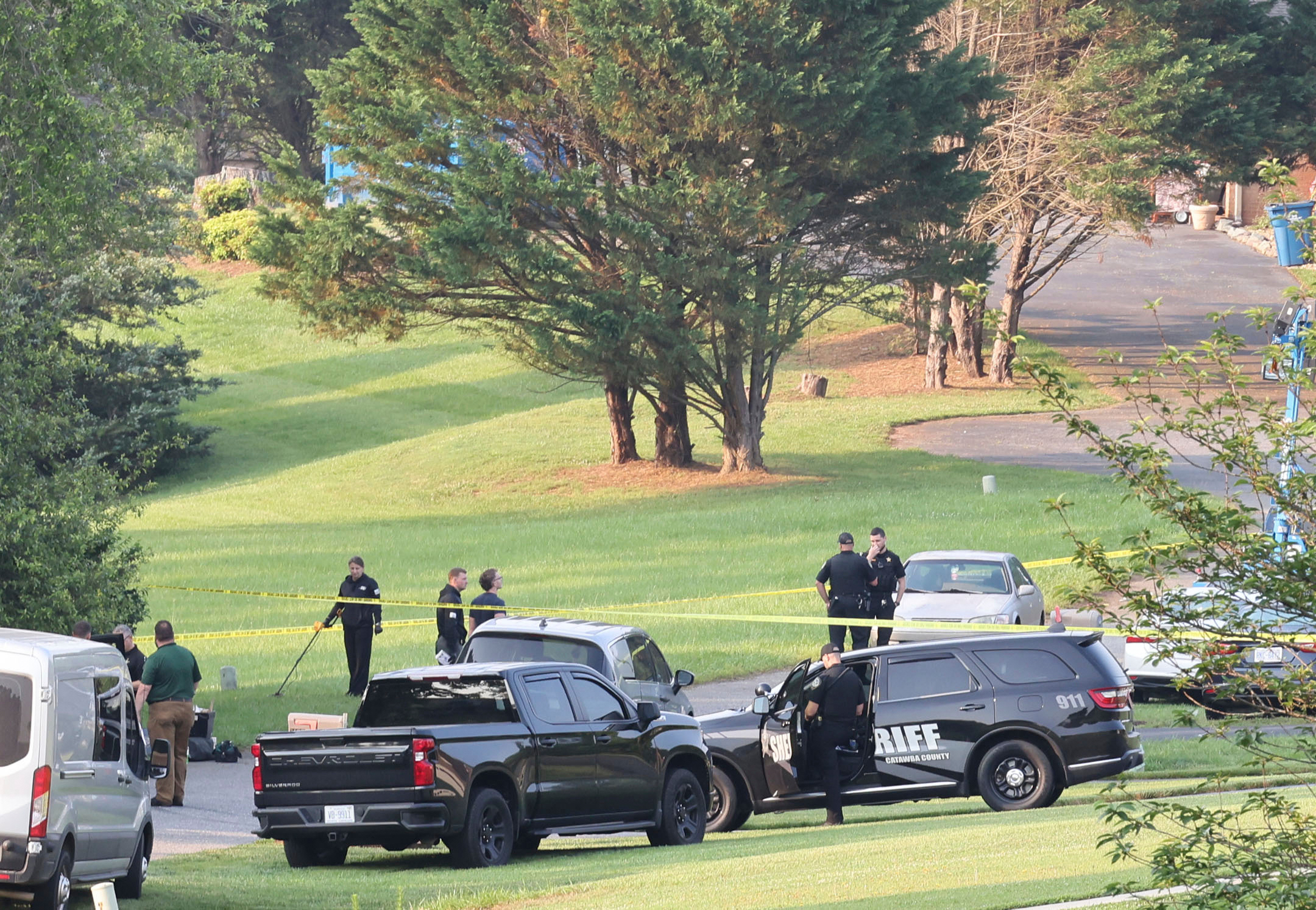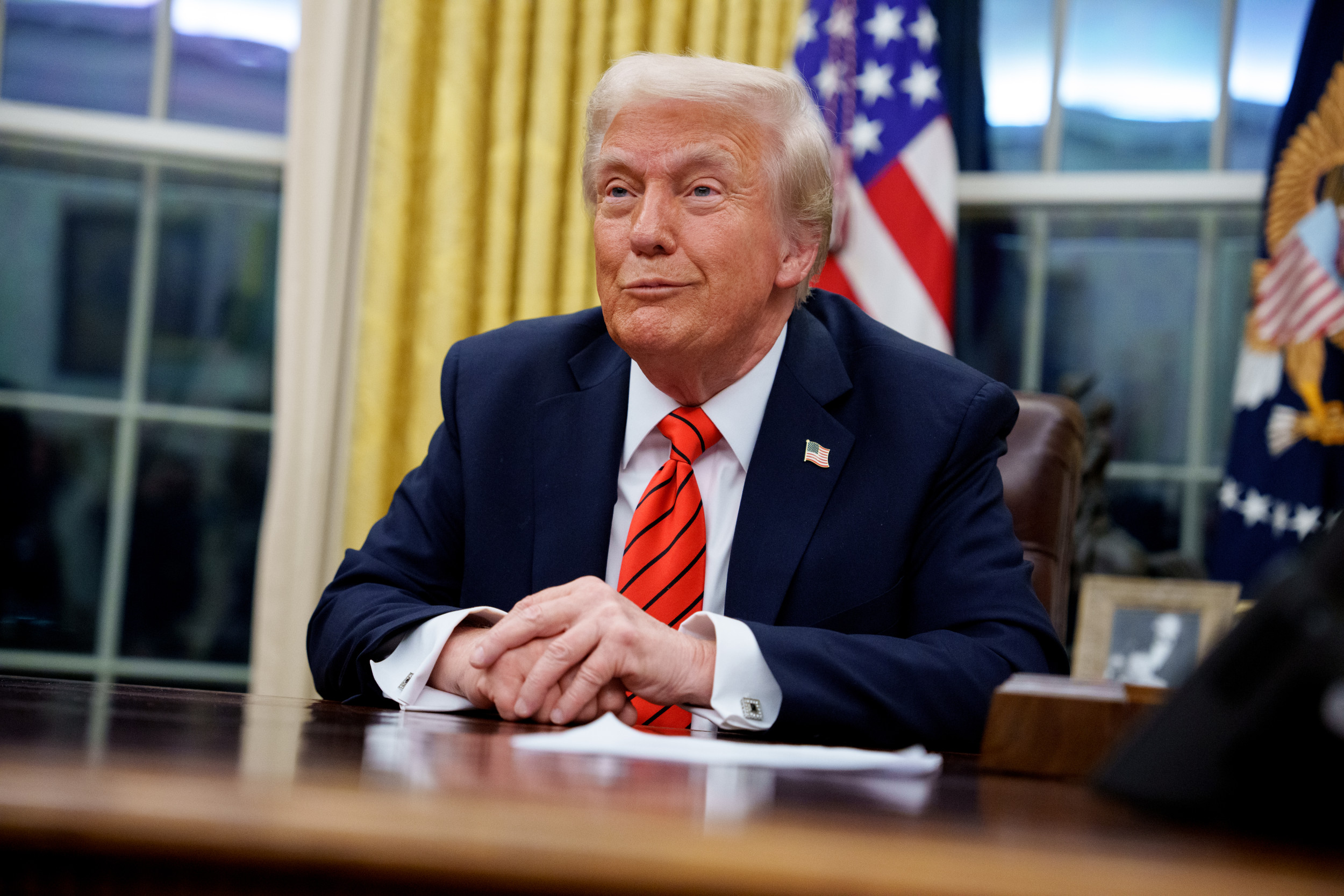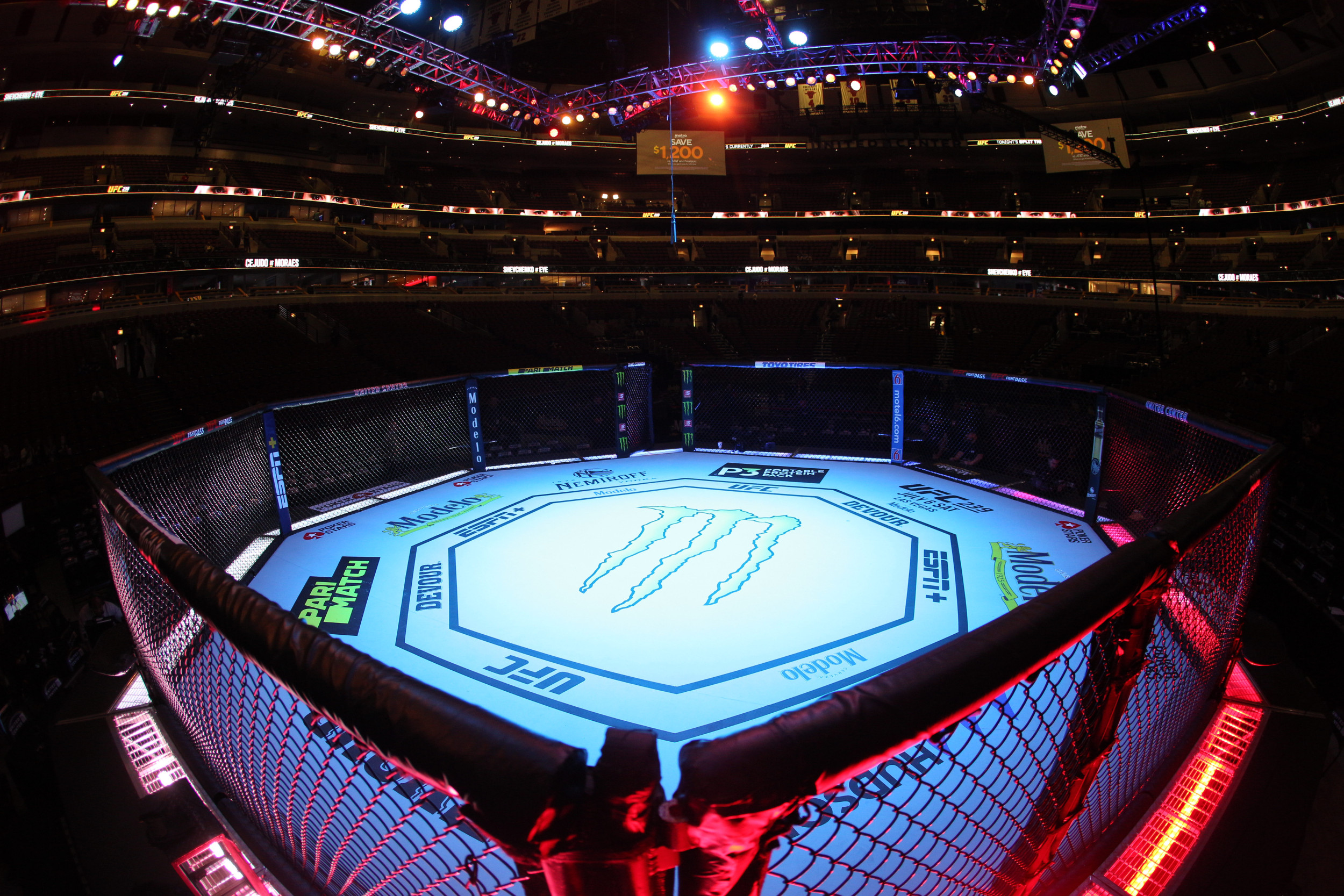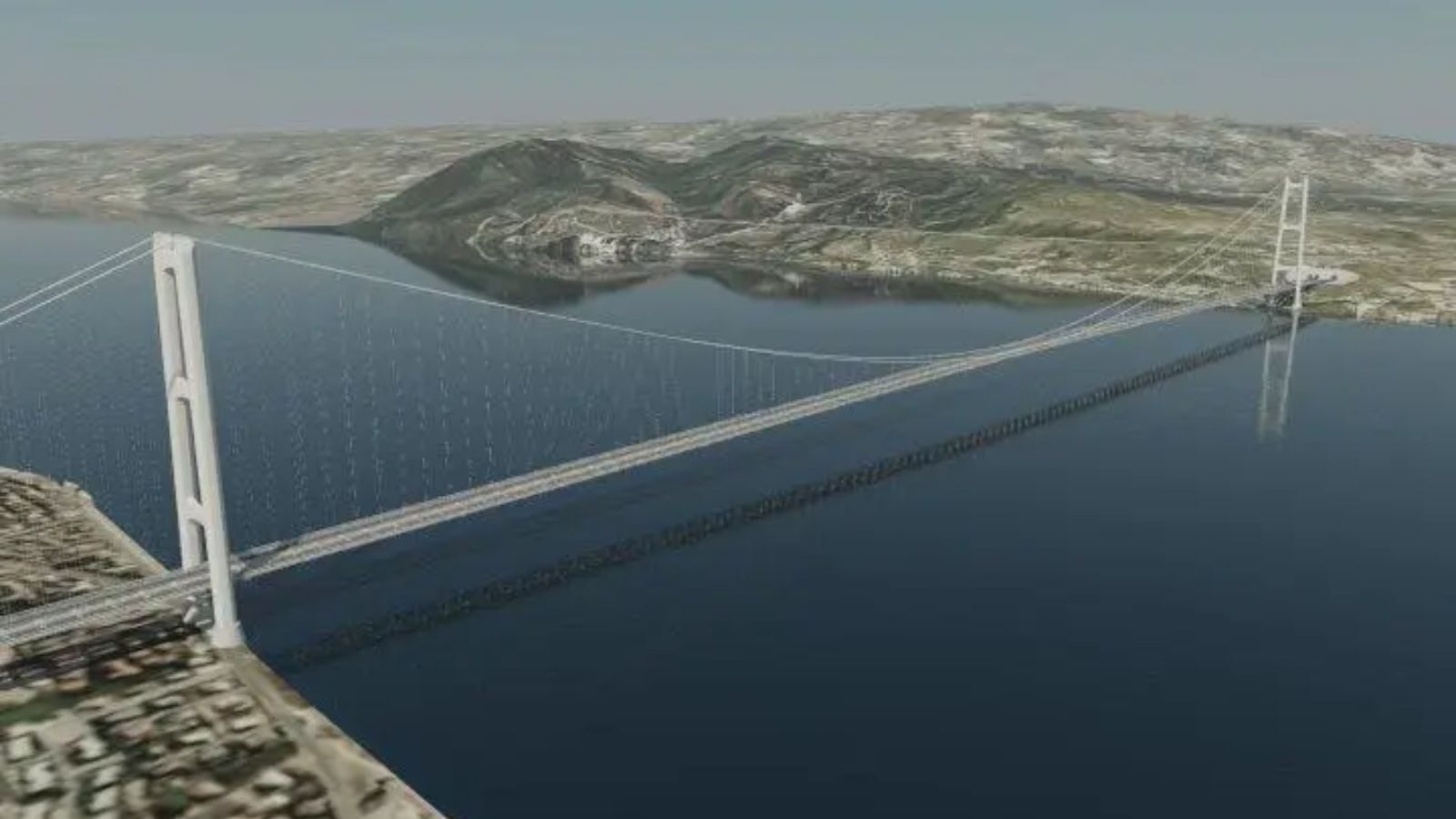
Construction of what would be the world’s longest suspension bridge is scheduled to begin this year, according to the Italian government.
The bridge between the island of Sicily and the Italian mainland would cross over the Strait of Messina, a distance of 3,300 meters, though the construction has to grapple with tectonic activity that could cause earthquakes.
Why It Matters
The idea of connecting Sicily to the Italian mainland is not a new one. Roman empires, King Charlemagne, and successive modern Italian governments have all attempted to get beyond the planning phase, but cost, time, and the challenges of building in an earthquake-prone area have meant each try has been dismissed before shovels break ground.
What To Know
Italian Prime Minister Giorgia Meloni’s government is the latest to revive the concept, with Meloni’s Minister of Infrastructure Matteo Salvini, being the driving force behind finally starting work on the Strait of Messina Bridge.
The bridge’s design would not spare any expense, carrying both trains and vehicles across the two mile distance between Torre Faro in Sicily and Villa San Giovanni on the mainland.
Latest estimates for the project predict that the cost would be around €13.5 billion, the equivalent of $15.3 billion. A small part of that is being funded by the European Union, but their €25 million contribution only partially covers half the design costs.
At the beginning of April this year, constructors Webuild hoped that work would be ready to begin at the end of the year.
“I hope to be there and to be able to cross it together with the whole team by the end of 2032”, the CEO of Webuild, Pietro Salini, said.
“We are ready, as well as all the industrial partners, to proudly begin this very important project for Italy and especially for the South”.
At just over two miles, if fully completed, the Strait of Messina Bridge would become the largest suspension bridge in the world, beating out the Canakkale Bridge in Turkey, which is 6,667 feet long.
In fact, the Strait of Messina Bridge would be as long as the two longest suspension bridges in China, the Yangsigang Yangtze River Bridge and the Nansha Bridge, put together.
The biggest problem for the Strait of Messina Bridge is its location. Sicily and the surrounding region of Italy are prone to seismic activity that could disrupt the construction process and the final product, especially with the possibility of earthquakes in mind.
What People Are Saying
However, Guy Nordenson, a professor of structural engineering at Princeton University, told Newsweek that a suspension bridge design would be able to roll with any tectonic issues, as they are more flexible than other types of bridge.
“Keep in mind that these bridges are relatively flexible and can accommodate ground motion and more importantly displacements of the towers, better than many buildings,” Nordenson said.
The engineer drew comparisons with the Akashi Kaikyo bridge in Japan, which is the third longest in the world, which also sits in a geologically active area.
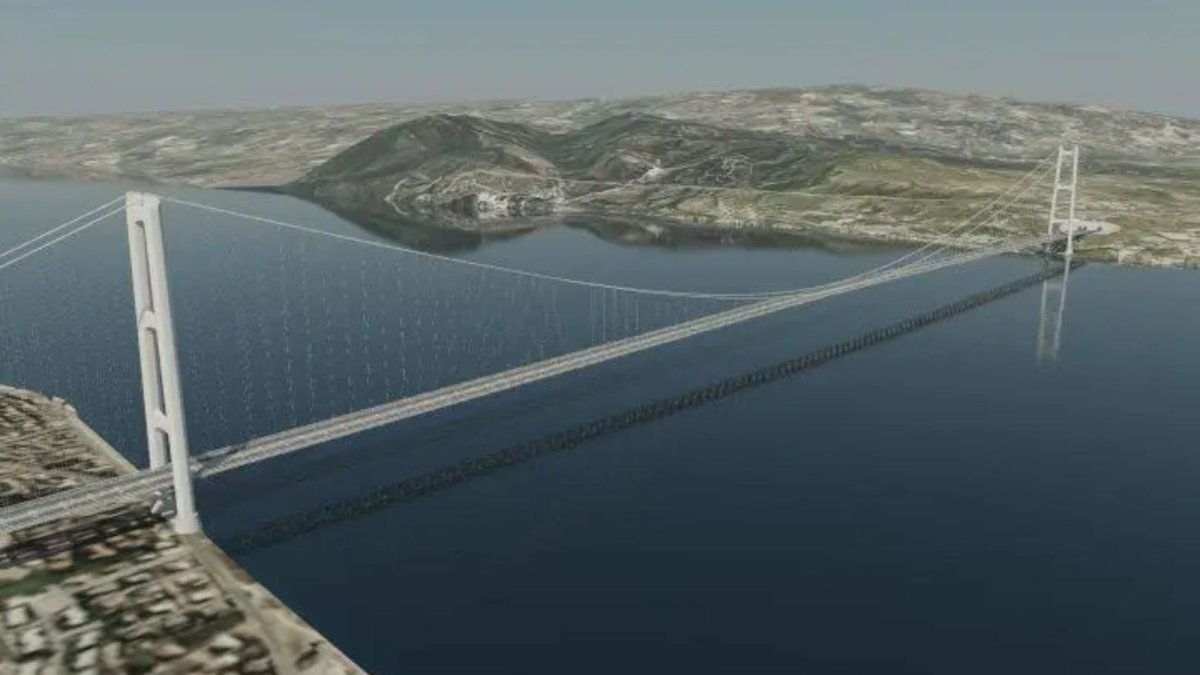
Webuild
“The Japanese Akashi Kaikyo Bridge is a cousin of Messina, if you will, and that too has to deal with earthquakes. The Great Hanshin earthquake on January 17, 1995 (magnitude 7.3, with epicenter 20 km west of Kobe) moved the towers, the only structures that had been erected at the time, such that the central span had to be increased by 1 meter. That was fine.”
Pietro Salini, the CEO of Webuild, said: The Strait of Messina Bridge is a huge technological challenge. 3km of the Bridge will be suspended in the Strait, a magical place where it will be possible to meet the Magna Graecia. It is also the Italian challenge towards the rest of the world.
What Happens Next
The Italian government remains committed to starting work on the bridge by the end of the year, with a finishing date of 2032.
However, Nordenson said that it was hard for anyone to put a definitive date on when work would begin or end, comparing the project to the MOSE barrier, which was designed to protect Venice from flooding.
“The time to complete is a bit difficult to predict. The MOSE barrier in Venice was also a priority of the government under Berlusconi, and that took decades,” Nordenson told Newsweek.
“Besides the engineering and design quality, the cost is tied to the schedule and the degree of transparency or corruption that can occur – and the slow wheels of bureaucracy. It takes a rare combination of design excellence, honest and public minded execution and respect for the craft and work involved.”
